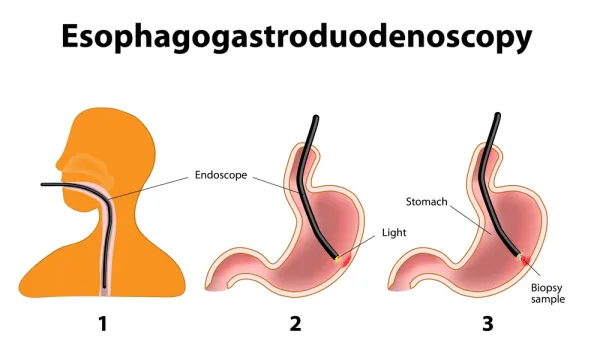Are You Confident of Your POS 19 Coding Skills? Find Out

Know the coding nuances of POS 19 vs. 22.
Reporting proper POS (Place of Service) codes can be crucial for your facility’s bottom-line. You need to make sure you are up to speed on how you should use the current POS code set when billing Medicare for your services.
Understand ‘Off-Campus’ to Master POS Coding
Basics: Medicare requires information about the care setting in your claims, and you need to report an appropriate POS code for this reason. According to Change Request (CR) 9231 to the Medicare Claims Processing Manual, beginning 2016, CMS wants you to specifically use POS 19 for claims at off-campus hospital-based or provider-based clinics to avoid overpaying for services provided at these places of service.
Here are the two most important POS codes that you will need to use:
A campus includes: According to CMS, a campus is the physical area immediately adjacent to the provider’s main buildings, and includes areas and structures located within 250 yards which may not be literally attached to the main building. The CMS regional office can decide on a case to case basis, whether any other area can be a part of the provider’s campus.
“You should use the POS code 22 exclusively for services rendered in outpatient settings on the campus of the main hospital, such as outpatient clinics,” says Michael Granovsky, MD, FACEP, CPC, president of LogixHealth, a national coding and billing company based in Bedford, Mass.
Caveat: There are certain practical issues you should keep in mind while using these two POS. The exact distance, for instance. “Because of the 250-yard distance definition, sometimes it may not be clear to the provider just how far away it is,” says Goodman. “They may need to check with the clinic or hospital to find out if the building qualifies as on-campus or off.”
Know Why POS 19 Is Important For You
In recent past, some physicians had been billing a non-facility POS code such as 11 (Office) for off-campus clinics instead of using outpatient POS 22, which was defined as “outpatient hospital” before the recent revision to add the qualifier, “on-campus.”
The reason: The non-facility payment rate for settings such as physician offices, typically pays more, to compensate for overhead costs that a facility covers when the physician performs the service in a facility. Reporting a wrong POS may therefore result in significant overpayment for physician Medicare services, something which CMS and the OIG have expressed concern about.
For instance: You’ll see a difference in the facility and non-facility rate for the following two breast surgical services (2016 MPFS National amount, conversion factor CF 35.8043):
With the POS 19, CMS plans to curb this practice. “Congress passed H.R. 1314, the Bipartisan Budget Act of 2015, (in which) Section 603 addresses a reduction in payment for ‘new’ off campus provider-based clinics,” explains Duane C. Abbey, PhD, president of Abbey and Abbey Consultants Inc., in Ames, Iowa.
Key: CMS states that POS code 19 will follow the same payment policies as the current POS code 22, including the three-day rule. That rule states that services provided to patients at wholly-owned physician practices that occur within three days of a hospital admission are considered bundled into the payment for the admission.
Do coders find reporting POS 19 better than 11 that they used to report earlier? “It is not a question of “better or worse” or “advantage vs. disadvantage” but that it now adds more clarity,” says Sarah Goodman, MBA, CHCAF, CPC-H, CCP, FCS, president of the consulting firm SLG, Inc., in Raleigh, N.C. “Sometimes, though, the documentation is not always clear as to whether the clinic was considered on-campus or off-campus.”
Final takeaway: Get a good grip of the usage of the latest POS code set to start your new year on a profitable note. For further information, refer https://www.cms.gov/Outreach-and-Education/Medicare-Learning-Network-MLN/MLNMattersArticles/downloads/MM9231.pdf.




